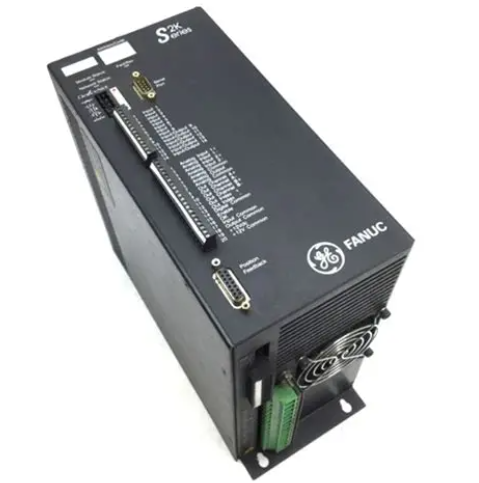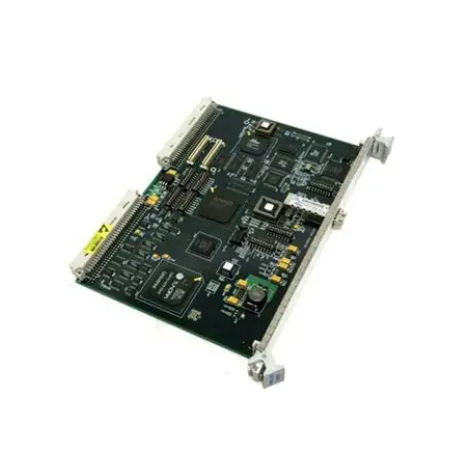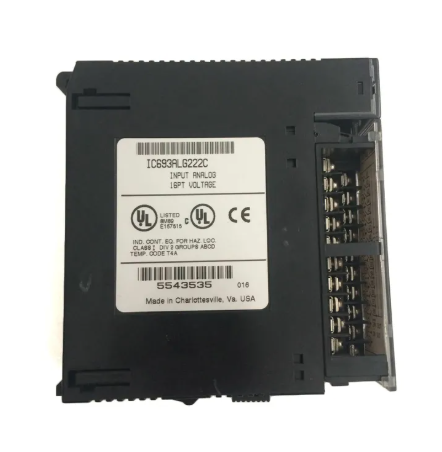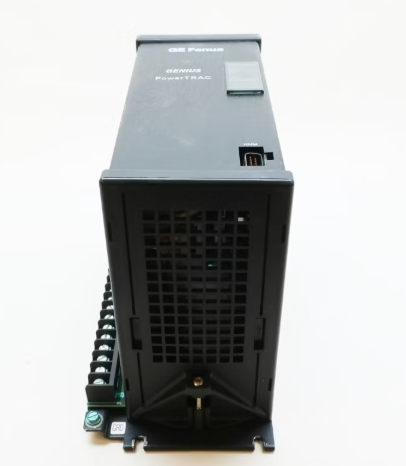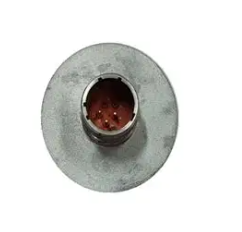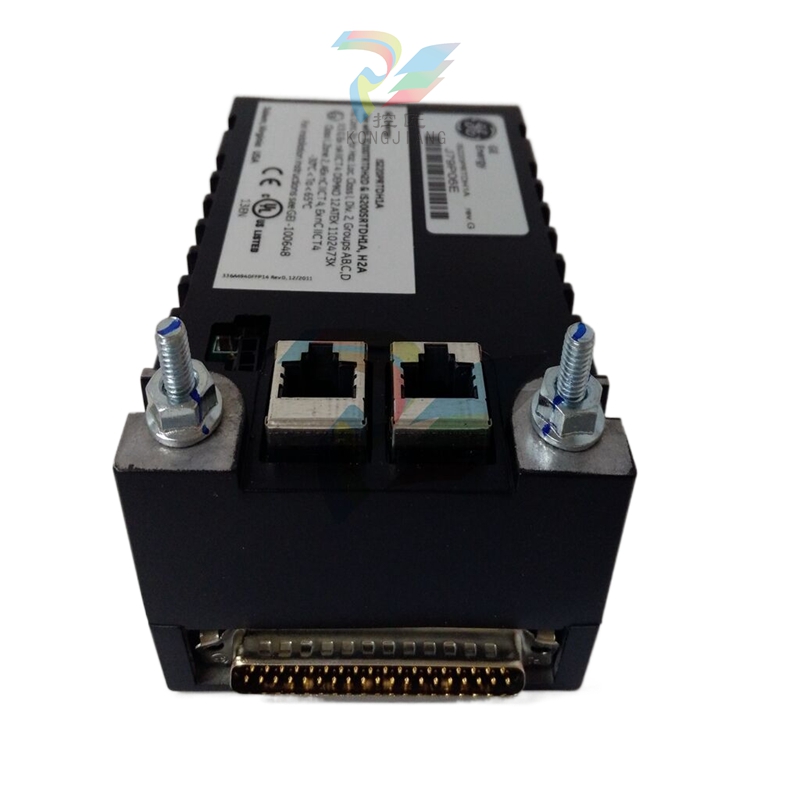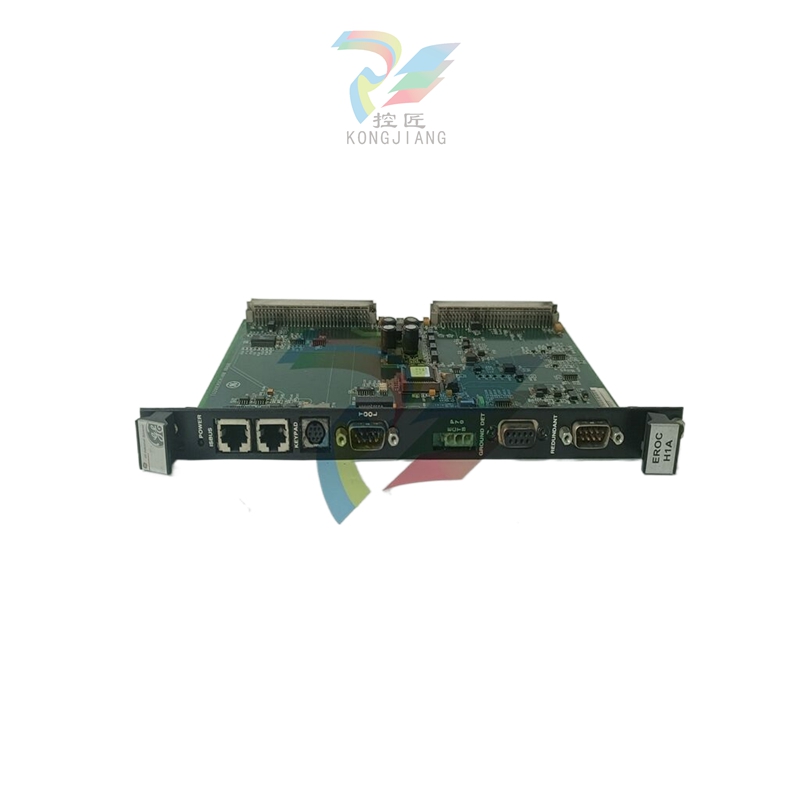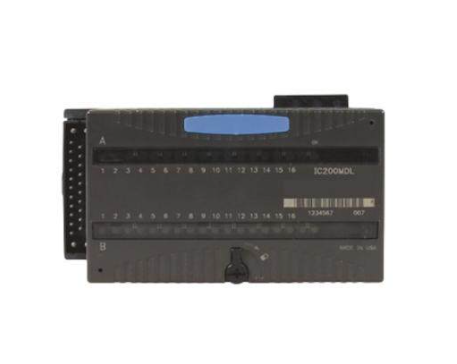What is a wind turbine? How does it work?
First, the working principle of wind turbines
The principle of wind power generation is to use the wind to drive the rotation of the windmill blades, and then increase the rotation speed through the speed reducer to promote the generator to generate electricity.
The principle of wind power generation is to use the wind to drive the rotation of the windmill blades, and then increase the rotation speed through the speed reducer to promote the generator to generate electricity. According to windmill technology, a breeze speed (the degree of breeze) of about three meters per second can start generating electricity.
Wind power is creating a boom in the world because it has no fuel problems and produces no radiation or air pollution.
Wind power is popular in countries such as Finland and Denmark; China's wind power industry has advanced by leaps and bounds in recent years. Small wind power system is very efficient, but it is not only composed of a generator head, but a small system with a certain scientific and technological content: wind generator + charger + digital inverter. Wind turbine is composed of head, rotor, tail and blade. Each part is important, and the functions of each part are: the blade is used to receive wind and convert electricity through the head; The tail keeps the blades facing the direction of the incoming wind to obtain maximum wind energy; The rotating body can make the nose rotate flexibly to realize the function of adjusting the direction of the tail. The rotor of the machine head is a permanent magnet, and the stator winding cuts the magnetic force line to generate electrical energy.

The wind generator is unstable because of the air volume, so its output is 13 ~ 25V of alternating current, must be rectified by the charger, and then charge the battery, so that the electricity generated by the wind generator becomes chemical energy. Then use the inverter power supply with protection circuit to convert the chemical energy in the battery into AC 220V mains power to ensure stable use.
The horizontal shaft fan blade is connected with the universal elastic coupling through the gearbox and its high-speed shaft, and the torque is transmitted to the drive shaft of the generator. The coupling should be based on the characteristics of good absorption damping and vibration, and the performance is to absorb the appropriate amount of radial, axial and certain Angle offset, and the coupling can prevent the overload of the mechanical device. The other is the direct drive fan blade is not directly connected to the motor through the gearbox fan motor type.
Second, wind turbine shortcomings diagnosis skills
Defect diagnosis skills after more than ten years of active open, to now intermittent has shown a variety of different principles based on many methods. Compared with the early years, these methods have a long way to go, whether it is the inspection function, the diagnosis function, or the robustness, and the linear time-invariant system has formed a relatively intact system structure. All shortcomings diagnosis methods can be divided into three categories: methods based on common sense, methods based on analytical models and methods based on signal processing. In recent years, some new methods have been presented, such as diagnosis methods based on discrete operations and online learning diagnosis methods.
The so-called fault diagnosis based on analytical model is the skill of comparing the measurable information of the diagnosed policy with the prior information of the system expressed by the model, and then developing residual errors, and analyzing and processing the residual errors to complete the fault diagnosis. The so-called residual is a linear or nonlinear function composed of input and output information unrelated to the normal operation of the diagnosed system. When there is no defect, the residual is equal to or approximately zero (in a certain sense), and when a defect is present in the system, the residual should be significantly contrary to zero. To facilitate the separation of defects, the residual should be attributed to one of the following two.

1) Constructed residuals: refers to corresponding to each shortcoming, there are some different residuals corresponding to it, when the diagnosis policy has defects, these specific some will be changed from zero to non-zero.
2) Fixed directional residual: corresponding to each defect, the residual vector has different directions corresponding to it. In general, defect detection and separation skills according to the analytic model consist of two periods:
(l) Residual attack: it is the process of using a proper algorithm to process the input and output of the system to obtain residual signals;
(2) Residual assessment: The process of determining the likelihood of a defect occurrence using appropriate resolution planning functions and resolution planning rules.
According to the differences of the residual attack method, the FDI method based on the model can be divided into the case estimation method, the equivalent space method and the parameter estimation method. Although these three methods are opened independently of each other, they are not isolated from each other, but there is a certain connection with each other. The equivalent space method and the observer method are equivalent in construction. The connection between the parameter estimation method and the observer method means that the residual obtained by the observer method contains the residual obtained by the parameter estimation method, so that the two methods are complementary in essence.
- EMERSON
- Honeywell
- CTI
- Rolls-Royce
- General Electric
- Woodward
- Yaskawa
- xYCOM
- Motorola
- Siemens
- Rockwell
- ABB
- B&R
- HIMA
- Construction site
- electricity
- Automobile market
- PLC
- DCS
- Motor drivers
- VSD
- Implications
- cement
- CO2
- CEM
- methane
- Artificial intelligence
- Titanic
- Solar energy
- Hydrogen fuel cell
- Hydrogen and fuel cells
- Hydrogen and oxygen fuel cells
- tyre
- Chemical fiber
- dynamo
- corpuscle
- Pulp and paper
- printing
- fossil
- FANUC
- Food and beverage
- Life science
- Sewage treatment
- Personal care
- electricity
- boats
- infrastructure
- Automobile industry
- metallurgy
- Nuclear power generation
- Geothermal power generation
- Water and wastewater
- Infrastructure construction
- Mine hazard
- steel
- papermaking
- Natural gas industry
- Infrastructure construction
- Power and energy
- Rubber and plastic
- Renewable energy
- pharmacy
- mining
- Plastic industry
- Schneider
- Kongsberg
- NI
- Wind energy
- International petroleum
- International new energy network
- gas
- WATLOW
- ProSoft
- SEW
- wind
- ADVANCED
- Reliance
- YOKOGAWA
- TRICONEX
- FOXBORO
- METSO
- MAN
- Advantest
- ADVANCED
- ALSTOM
- Control Wave
- AB
- AMAT
- STUDER
- KONGSBERG
- MOTOROLA
- DANAHER MOTION
- Bently
- Galil
- EATON
- MOLEX
- Triconex
- DEIF
- B&W
- ZYGO
- Aerotech
- DANFOSS
- KOLLMORGEN
- Beijer
- Endress+Hauser
- MOOG
- KB
- Moxa
- Rexroth
- YAMAHA
- Johnson
- Westinghouse
- WAGO
- TOSHIBA
- TEKTRONIX


Email:wang@kongjiangauto.com

















































































































